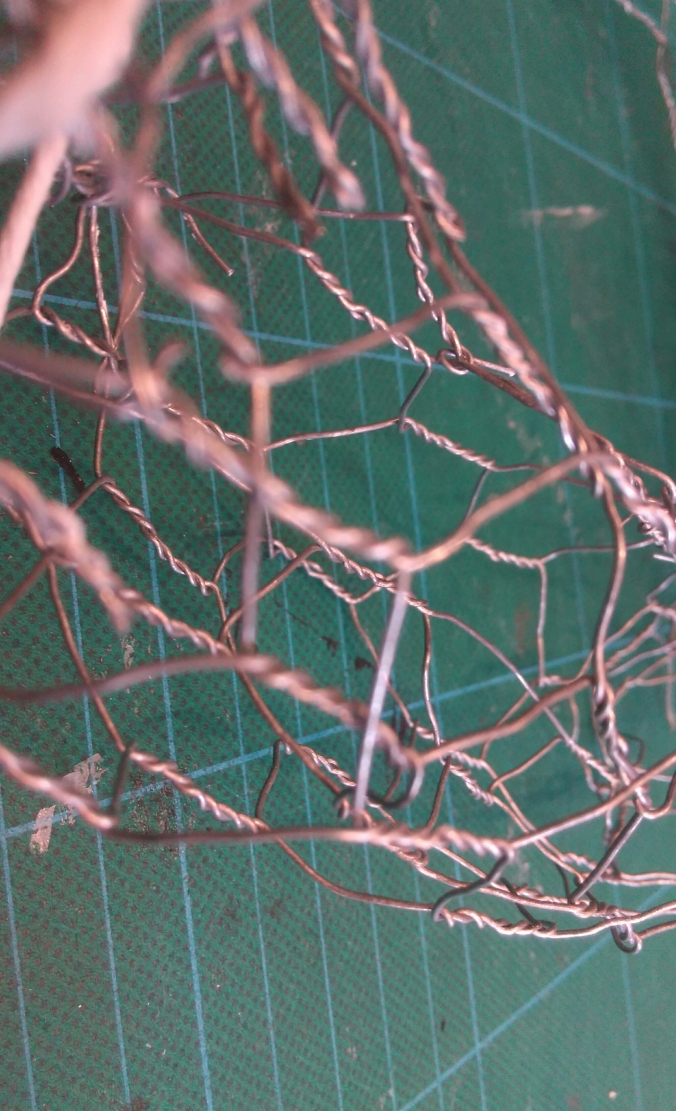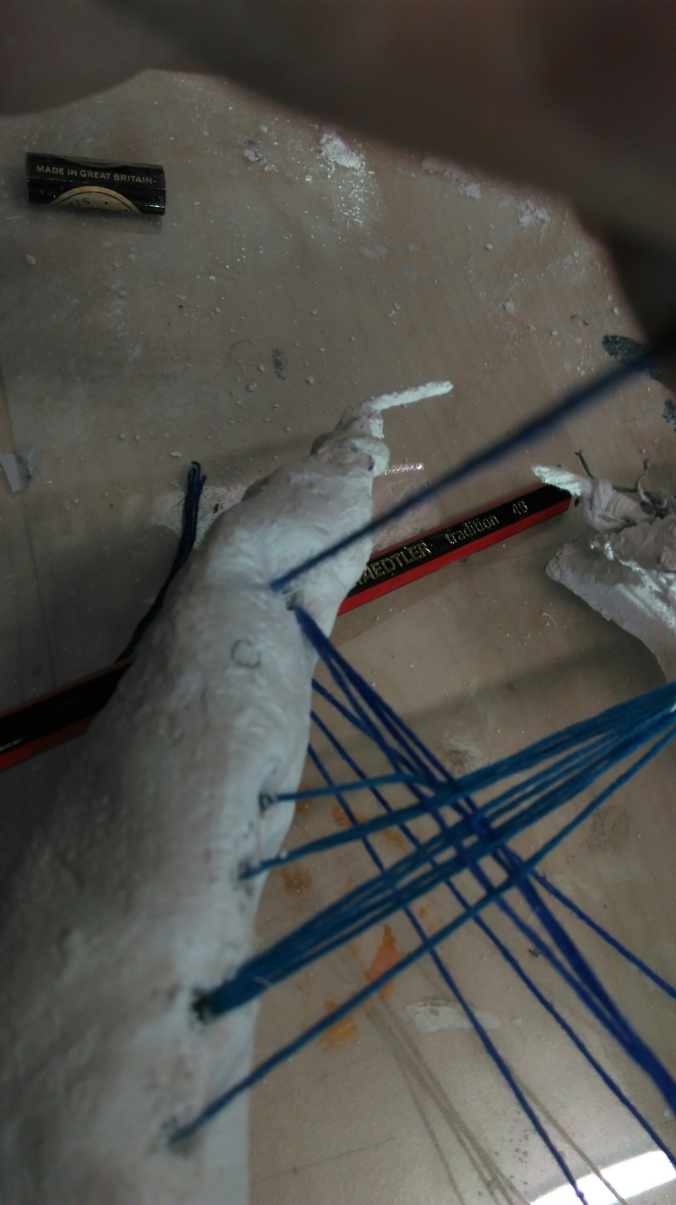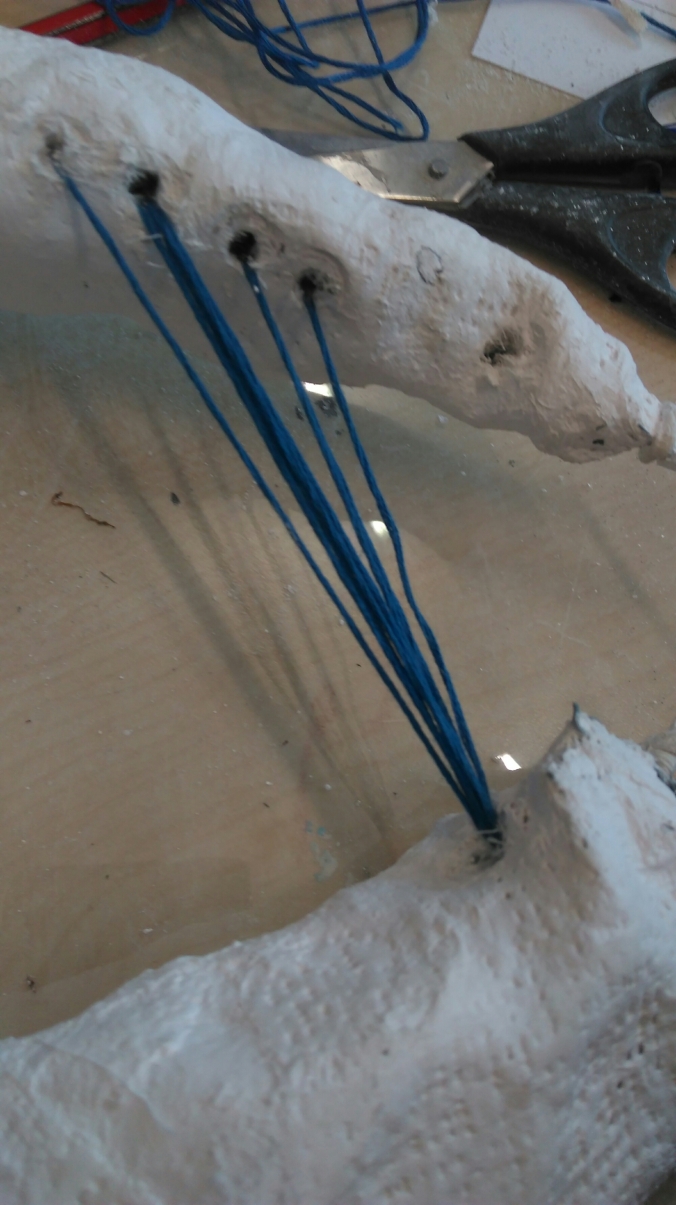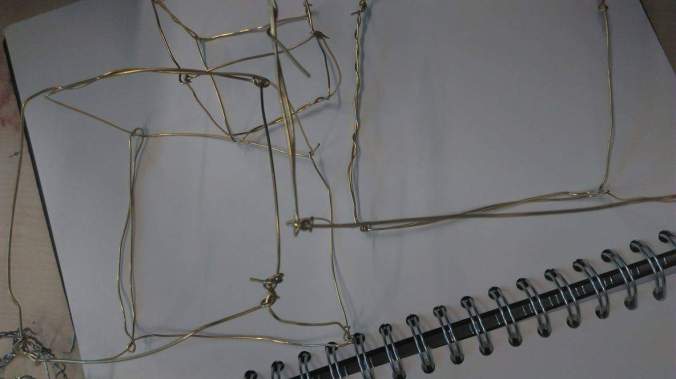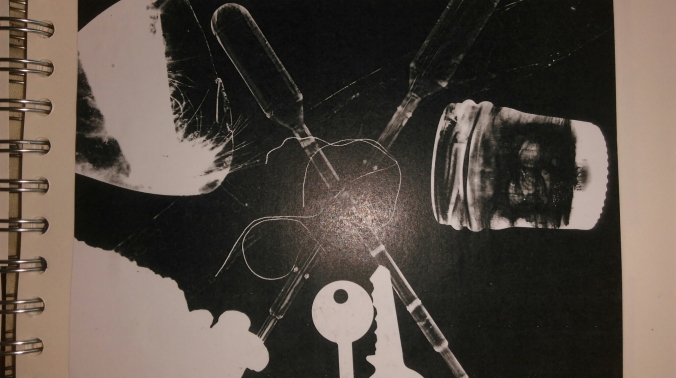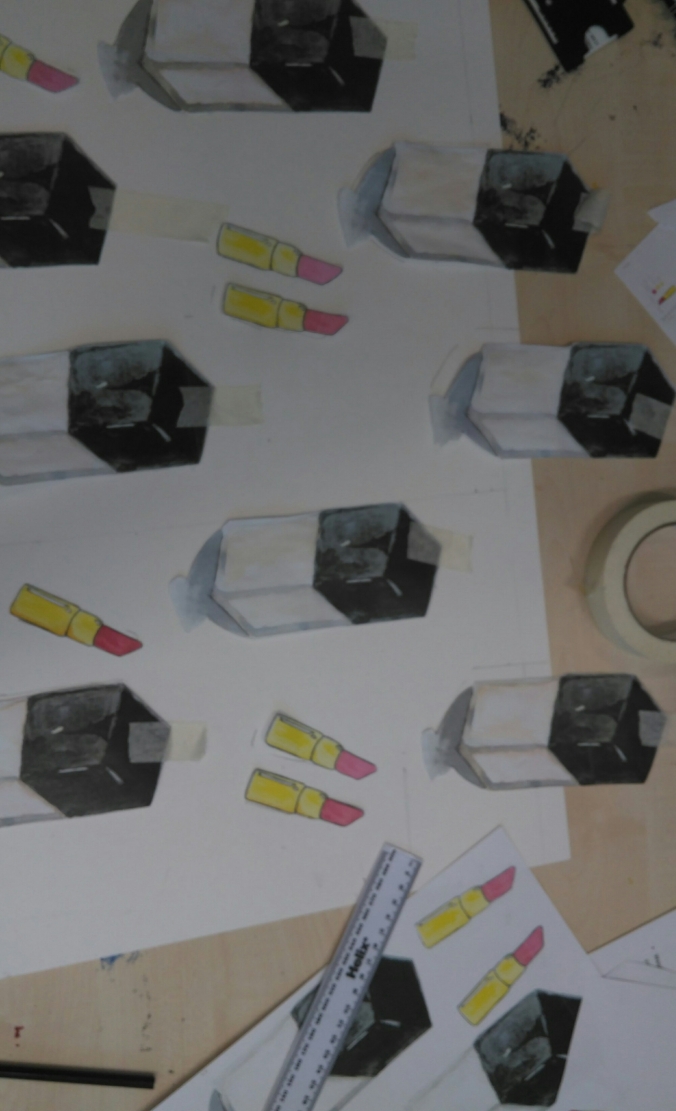Jim dime, and American pop artist, also apart of the Neo-Dada movement which is audio, visual and manifestation which means clearly showing or embodies something abstract of theoretical. This is relatable as dine was born in 1935 neo-dada movement was created during 1950-1960.
Researching Jim Dine I realized the differences in his two styles of work due to the tonal work, colour and media.
Looking at Dines work he still uses the bold thick style with his materials. Dines most popular pieces of work is from the ‘Tool Box’ collection.
Looking through the tool box collection I began to identify the techniques dine has used with the dark bold materials, such as lithograph. Looking through his work I realized her shaded the negative space to create a strong shaped of an object.
With identifying the fine detail of shade in this object it gives off a 3D effect, as the tool is standing off the page due to the structure of th shade, the angles its placed.
As dine work in a bold way with his dark tonal shades, this also effect is influenced in his colour work. Even though dine uses vibrant colours I’m different medias, such as inks, chalks, oil pastels ect he always shows the bold style in what ever techniques he uses. Doing so he makes the imagery eye catching, stands out of the page.
 noticing these effects is why I appreciate the work of dine.
noticing these effects is why I appreciate the work of dine.



